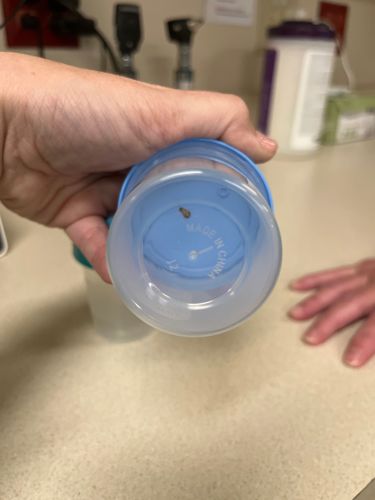Flea
Scientific Name: Siphonaptera (order various families)
Order & Family: Order: Siphonaptera
Size: 1.5 mm to 3.3 mm (0.06 to 0.13 inches)

Natural Habitat
Fleas are ectoparasites, meaning they live on the outside of a host animal. They are commonly found on mammals and birds, as well as in their nests, bedding, carpets, and cracks in floors where eggs, larvae, and pupae develop. They thrive in warm, humid environments.
Diet & Feeding
Adult fleas are hematophagous, meaning they feed exclusively on the blood of their hosts. Larvae feed on organic debris, including the faeces of adult fleas (which contain undigested blood).
Behavior Patterns
Fleas are wingless insects known for their ability to jump significant distances relative to their size, using their strong legs. They are good at hiding and can stay on a host for long periods, or jump off to lay eggs in the environment. Their life cycle includes egg, larva, pupa, and adult stages, often lasting from a few weeks to several months depending on environmental conditions and host availability. They are attracted to warmth and carbon dioxide emitted by potential hosts.
Risks & Benefits
Risks: Fleas are considered pests due to their bites, which can cause itching, skin irritation, and allergic reactions in humans and animals. They can transmit diseases such as murine typhus and plague (historically significant), and can be intermediate hosts for tapeworms (e.g., Dipylidium caninum). Heavy infestations can lead to anemia in pets. Benefits: In natural ecosystems, fleas can be a food source for some predators, but their overall ecological benefits are minimal compared to their nuisance and health risks.
Identified on: 9/22/2025